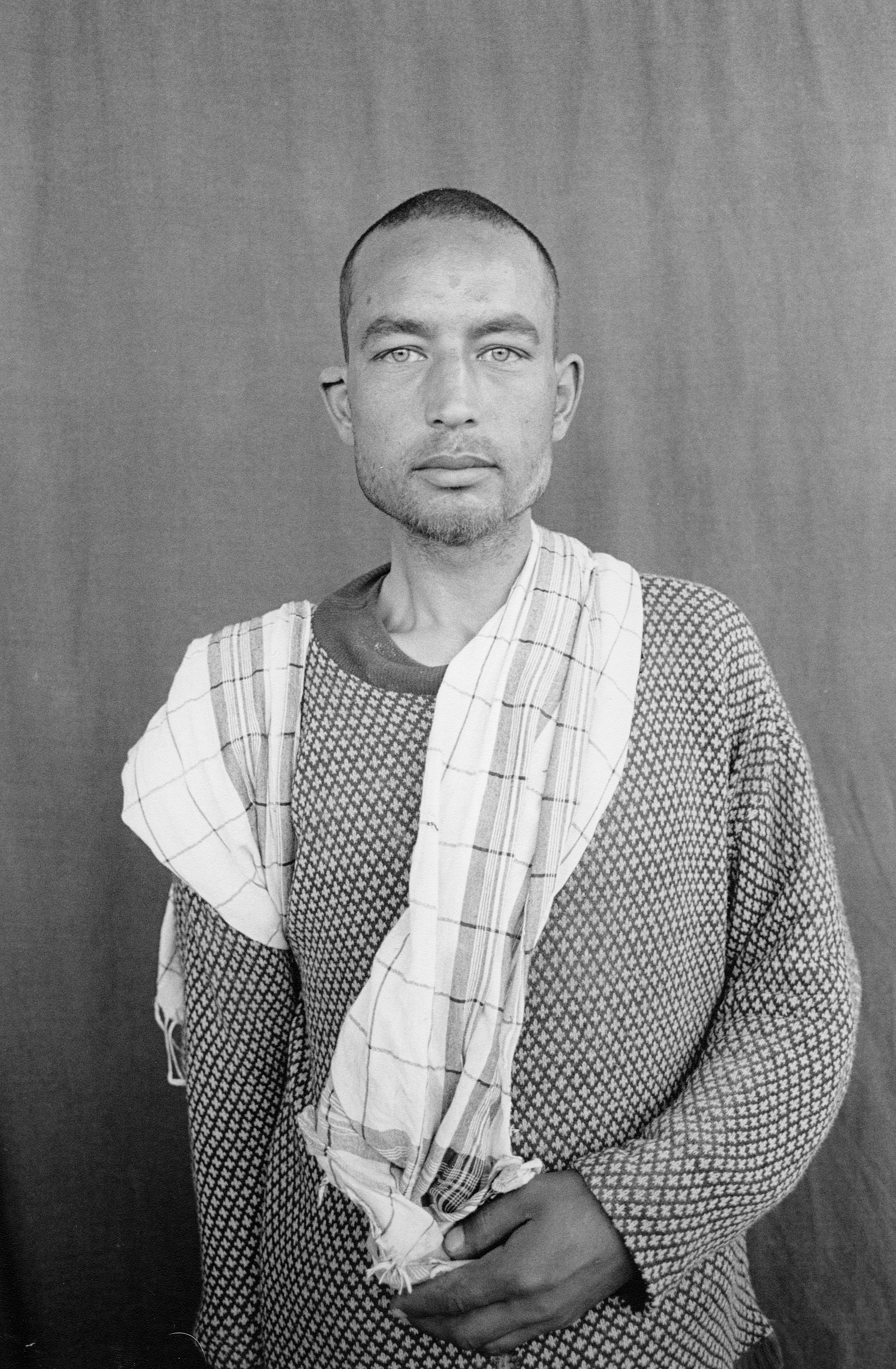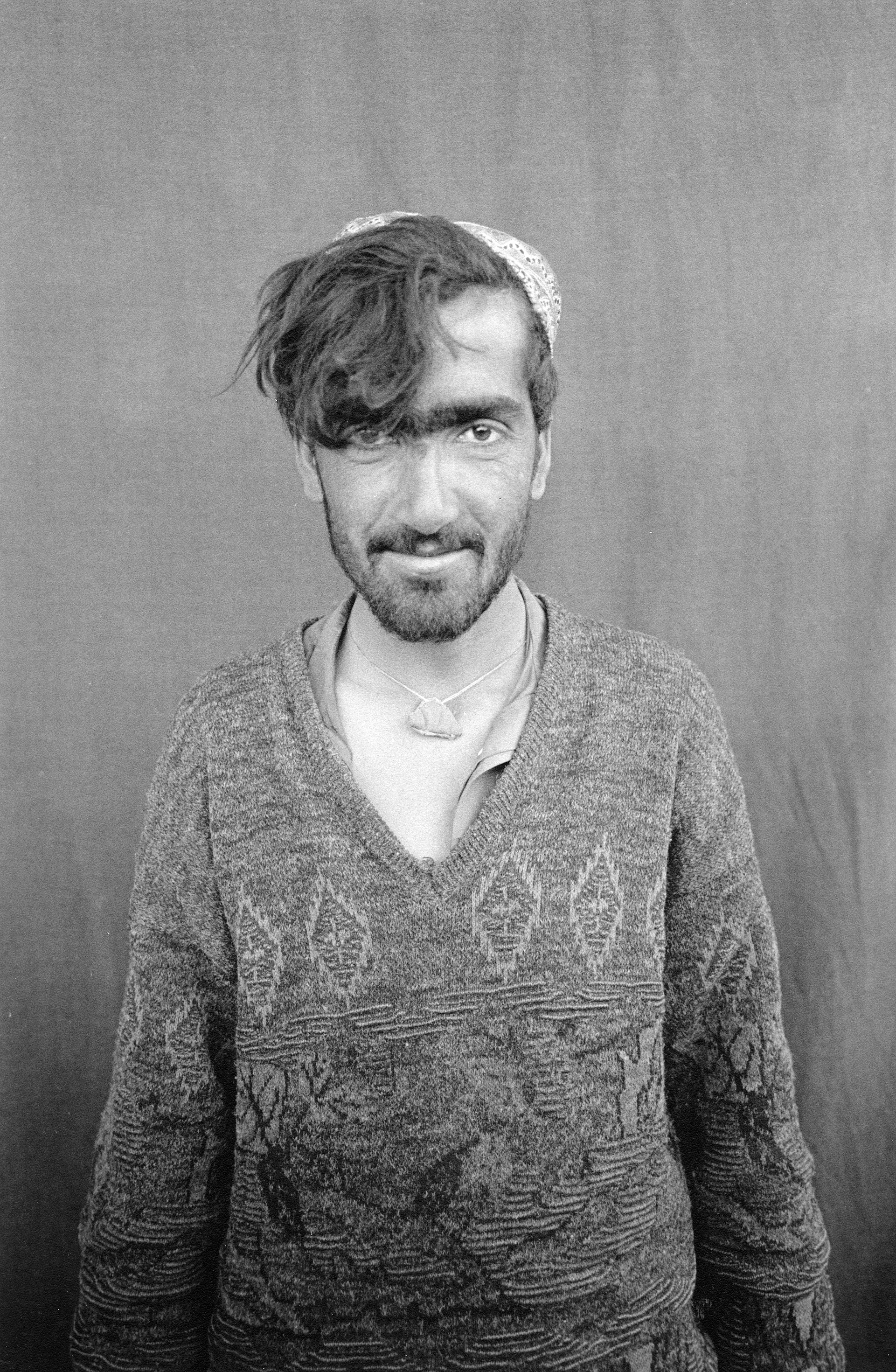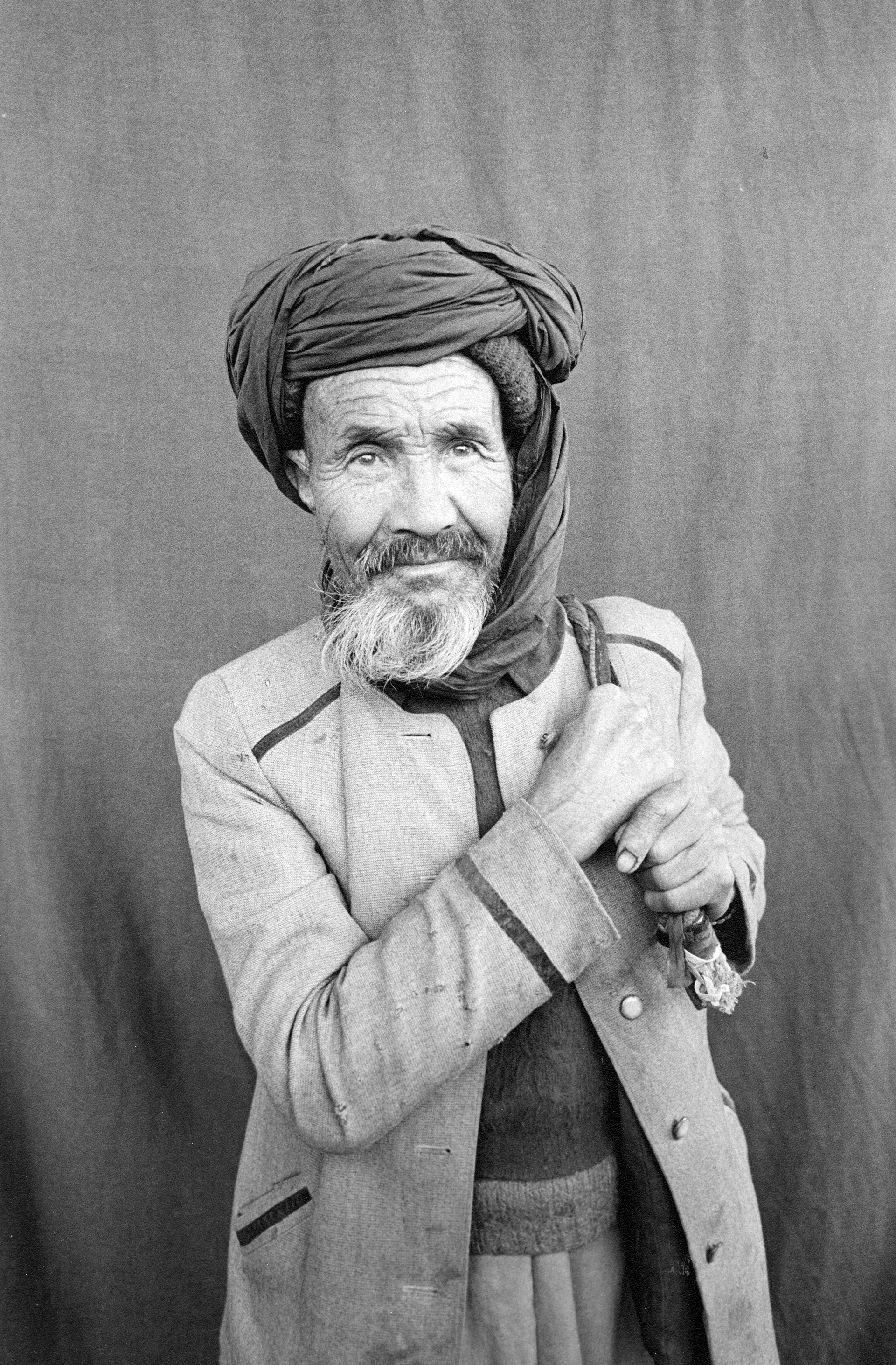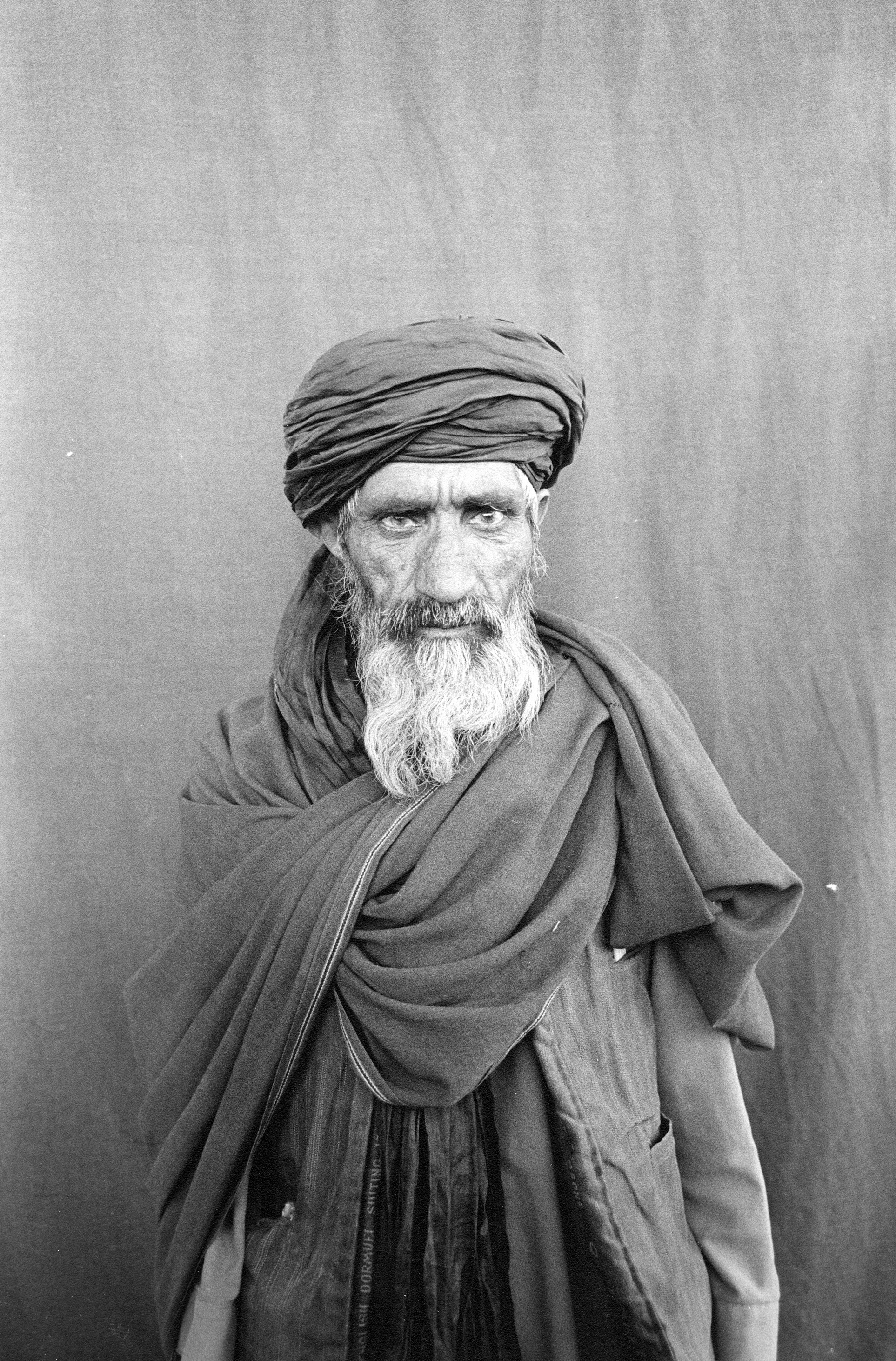
photojournalist Beb REYNOL

Forbidden Faces explores the aftermath of Talibanization on the Pashtun culture in the borderlands of Afghanistan and Pakistan and the cost of censorship. The photo essay approaches remote Pashtun communities and captures out-of-the-ordinary faces to reveal their untold stories.
Pashtun men - Kandahar, Afghanistan
Since 1999, Beb REYNOL walked across the border that separates Afghanistan from Pakistan. Out on the open, in front of a staged backdrop, local Pashtuns are being photographed, their personal stories recorded, stirring an uneasy social behavior among loyal Taliban followers who have so far put a dark shadow over the freedom of expression in Afghanistan.





Kandahar is not a place for a foreigner to wonder about. We stand out not matter how we try to disguise ourselves under the local wear, the salwar kameez. Photography was banned under the Taliban regime and while the fundamental group is no longer leading the government, the presence of the religious students walking through the streets is unavoidable. Censorship has taken many forms in remote and rural areas. The influence of the Taliban inside Pashtun communities has deeply traumatized people. While in missions in Kandahar, often the men I try to photograph are hesitant to be approached; they often look into the crowd for a positive sign, a general approval.
The photo essay, which examines the predominant Afghan Pashtun through its own identity, reveals a complex social fabric of cultural norms and religious ambiguities. Islam being the primary source of religious demands, the Pashtun lives within a set of codes that defines his boundaries and his place in society. Unwritten but well rooted, the Pashtunwali is a system of law of pre-Islamic era that encourages hospitality to his enemies while favoring revenge, calls to demonstrate pride at all cost and demands to honor women's rights. Women are hard to meet in Kandahar. A woman cannot walk alone without a male accompanying her in Kandahar or anywhere within Pashtun communities. Hidden or protected, the burqua has become her permanent shield to the world. Her worth in Pashtun society is negotiated by her own brother and weighted in a few hundred thousands of Afghanis as a dowry.
Unable to read or write, the majority of Pashtuns living in the rural lands or even Kandahar wouldn't be able to dissociate the complex and proximate relationships of ethical codes of Islam with the defining values of the Pashtunwali. Mullahs who in the recent past used to be simple religious teachers have become leaders of arms groups, changing the stereotypes of the Mujahedeen heroes who were filmed battling against the Russian army during the 80's. There is another side of the Pashtun that we never hear about. The photographer's work retraces a parallel underground movement, which, at the height of the Taliban regime, led numbers of Taliban fighters, themselves Pashtuns, to secretly pose for intimate and revealing photography portraits. Men posed holding hands together, or next to a bird, a flower or a radio: vital elements of their cultural and individual identity that were banned for "non-Islamic" influences. Piles of negatives of such portraits were found in various locations of the city when the photography shops re-opened one by one after the fall of the regime in 2001, revealing a trend, which hundreds of Taliban loyalists joined in. The desire to be distinguished from a fundamental Talibanization forced hundreds to ignore the ban to express themselves by any means possible, despite their limited communicating skills. The portraits gave them a voice and a channel to communicate their identity while expressing their lack of freedom.